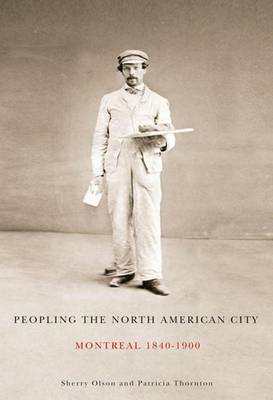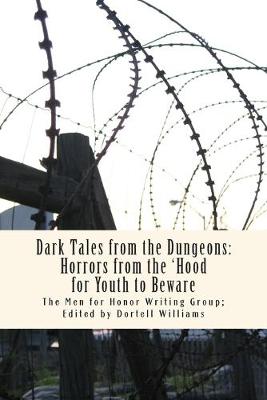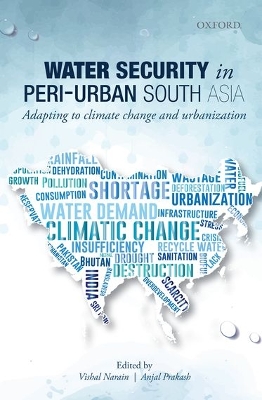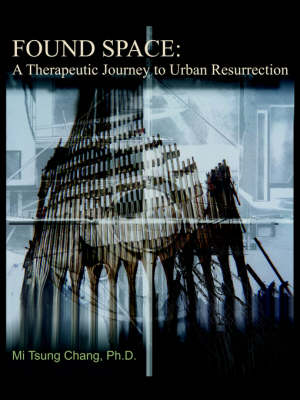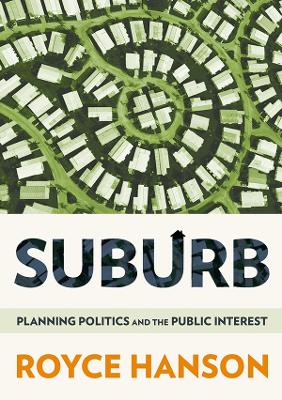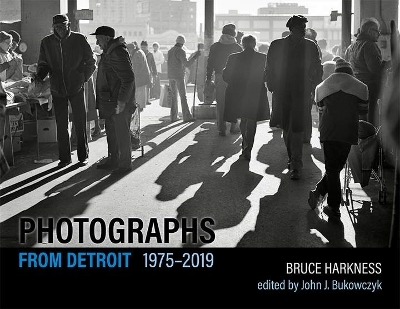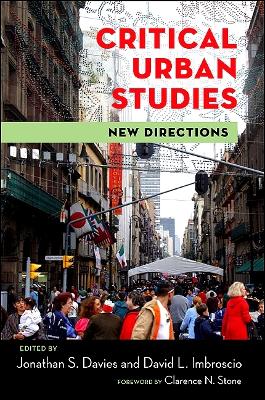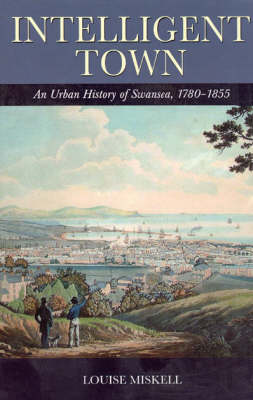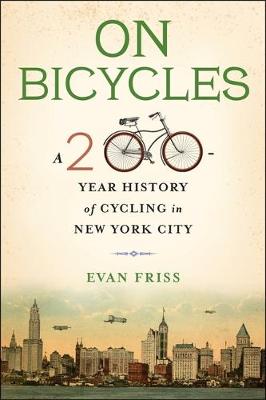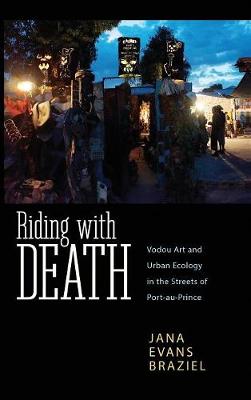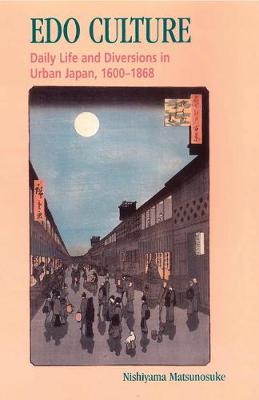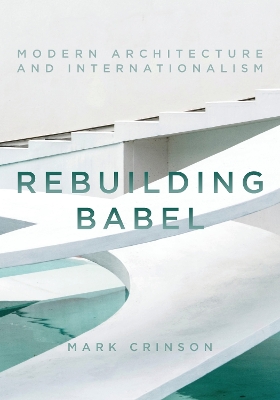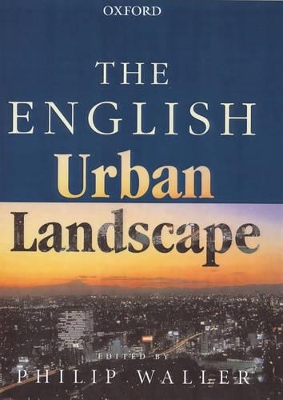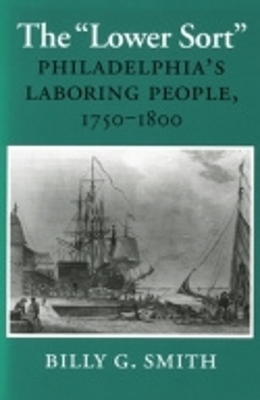Peopling the North American City (Carleton Library, #222)
by Sherry Olson and Patricia Thornton
Benefiting from Montreal's remarkable archival records, Sherry Olson and Patricia Thornton use an ingenious sampling of twelve surnames to track the comings and goings, births, deaths, and marriages of the city's inhabitants. The book demonstrates the importance of individual decisions by outlining the circumstances in which people decided where to move, when to marry, and what work to do. Integrating social and spatial analysis, the authors provide insights into the relationships among the city...
Waves of Social Movement Mobilizations in the Twenty-First Century
by Nahide Konak, Ernesto Castaneda, Luis Rub Cepeda, and G Goularas
Based on case studies, this book analyzes a recent wave of social movement and protests in the twenty-first century. It has two overarching broadly defined themes: first, to identify commonalities across the social movements and protests in terms of strategies, desire, hopes as well as the main factors in the decline of the movements. And second, to underline the significance of the general economic, social, and political conditions in which these protests arose. Although there are specific nati...
Dark Tales from the Dungeons
by Dortell Williams and The Men for Honor Writing Group
Water Security in Peri-urban South Asia
Are our urban spaces growing thirsty by the day? What implications do unplanned urban expansion and climate change have on judicious accessibility to water resources among the multitudes who have made urban fringes their home in South Asia? A significant gap exists in current studies of adaptation and vulnerability to the vagaries of climate change that tend to focus on purely agrarian or urban contexts. Addressing this lack, this volume documents and analyses the experiences of this urban pe...
This work is designed to assist new teachers in their first years in urban classrooms. The author provides insider recommendations for coping with school realities ranging from overcrowded classes and a lack of appropriate materials, to cultural diversity, bureaucracy and school violence.
Why do so many African American and Latino students perform worse than their Asian and White peers in classes and on exams? And why are they dropping out of school at higher rates? Common wisdom holds that racial stratification leads African American and Latino students to rebel against "acting white," thus dooming themselves to lower levels of scholastic, economic, and social achievement. But is this true? Do minority students reject certain practices, such as excelling in school, and thus thei...
Beijing: Geography, History, and Culture (Contemporary World Cities)
by Qian Guo
Land-use policy is at the center of suburban political economies because everything has to happen somewhere but nothing happens by itself. In Suburb, Royce Hanson explores how well a century of strategic land-use decisions served the public interest in Montgomery County, Maryland, a suburb of Washington, D.C. Transformed from a rural hinterland into the home a million people and a half-million jobs, Montgomery County built a national reputation for innovation in land use policy—including inclusi...
This is the first full-length study of Swansea's urban development from the late eighteenth to the late nineteenth century. It tells the little known story of how Swansea gained an unrivalled position of influence as an urban centre, which led it briefly to claim to be the 'metropolis of Wales', and how it then lost this status in the face of rapid urban development elsewhere in Wales. As such it provides an important new perspective on Welsh urban history in which the role of Cardiff, Merthyr T...
Cities of Culture (Routledge Advances in Sociology)
by Dr Deborah Stevenson
Subways and yellow taxis may be the icons of New York transportation, but it is the bicycle that has the longest claim to New York's streets: two hundred years and counting. Never has it taken to the streets without controversy: 1819 was the year of the city's first bicycle and also its first bicycle ban. Debates around the bicycle's place in city life have been so persistent not just because of its many uses-recreation, sport, transportation, business-but because of changing conceptions of who...
On the southern end of the Grand Rue, a major thoroughfare that runs through the center of Port-au-Prince, waits the Haitian capital's automobile repair district. This veritable junkyard of steel and rubber, recycled parts, old tires, and scrap metal might seem an unlikely foundry for art. Yet, on the street's opposite end thrives the Grand Rue Galerie, a working studio of assembled art and sculptures wrought from the refuse. Established by artists Andre Eugene and Celeur in the late 1990s, the...
Much of modernist architecture was inspired by the emergence of internationalism: the ethics and politics of world peace, justice and unity through global collaboration. Mark Crinson here shows how the ideals represented by the Tower of Babel - built, so the story goes, by people united by one language - were effectively adapted by internationalist architecture, its styles and practices, in the modern period. Focusing particularly on the points of convergence between modernist and internationali...
A volume on the history of the English urban environment that will appeal to both general readers and academic specialists. The emphasis throughout is emphatically that of the historian, rather than the physical geographer: that is, a primary focus on the people who make the landscapes, the changing social structure of the communities, and the different economies which sustained them. The text is enhanced by 130 integrated illustrations, including half-tones and diagrams. The thirteen chapters c...
This book recreates the daily lives of laboring men and women in America's premier urban center during the second half of the eighteenth century. Billy G. Smith demonstrates how the "lower sort" (as they were called by their contemporaries) struggled to carve out meaningful lives during an era of vast change stretching from the Seven Years' War, through the turbulent events surrounding the American Revolution and the U.S. Constitution, into the first decade of the new nation.
